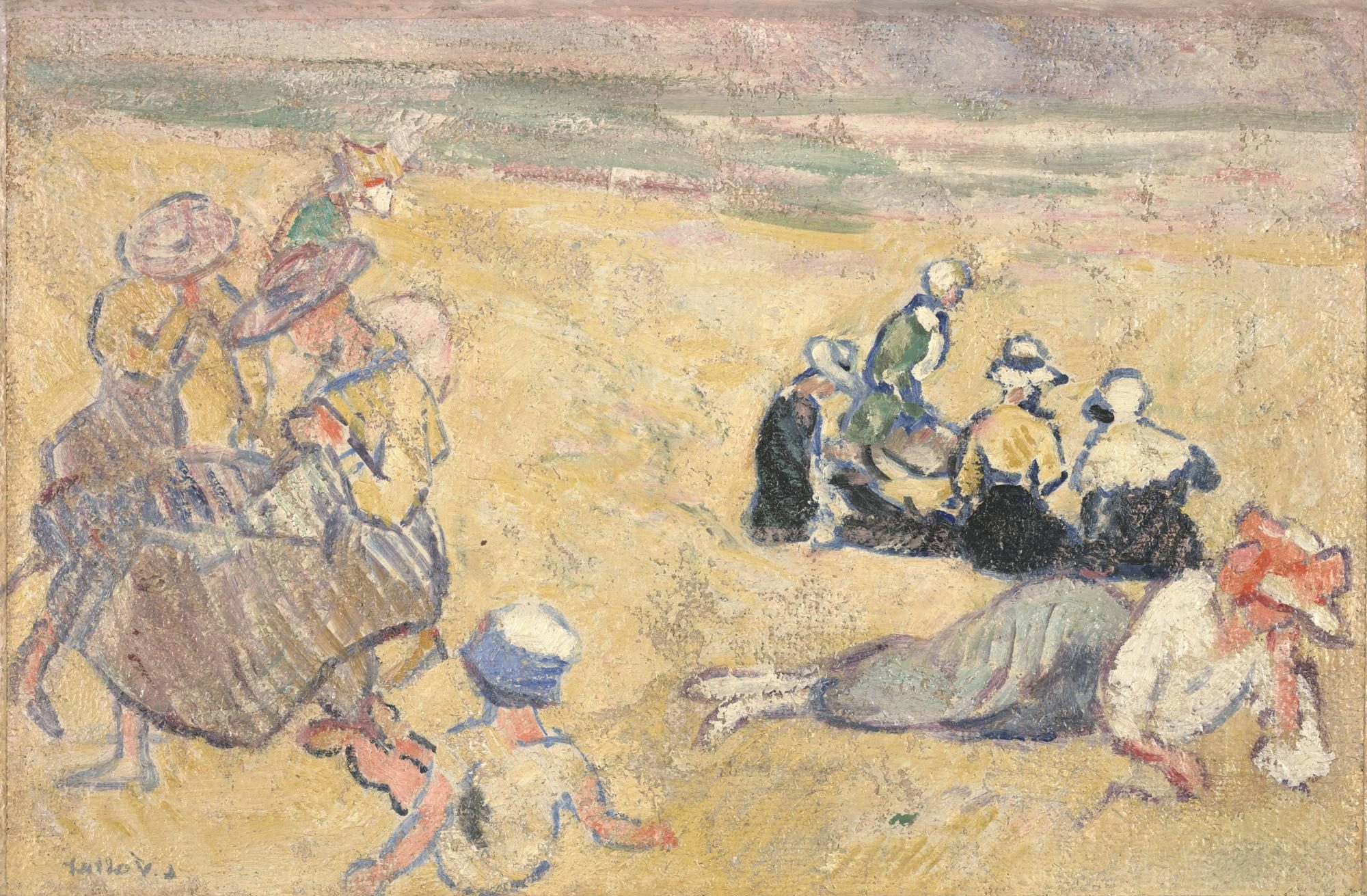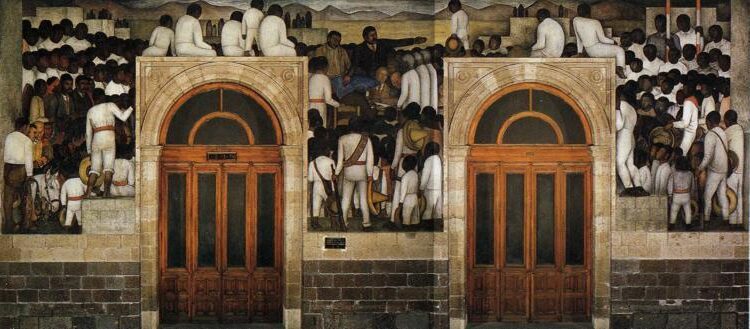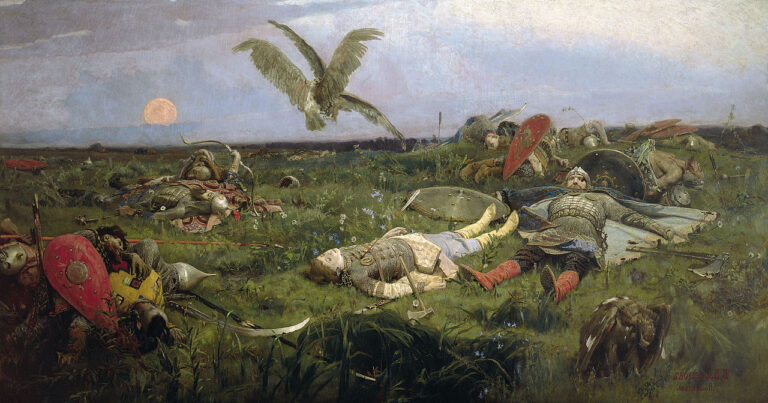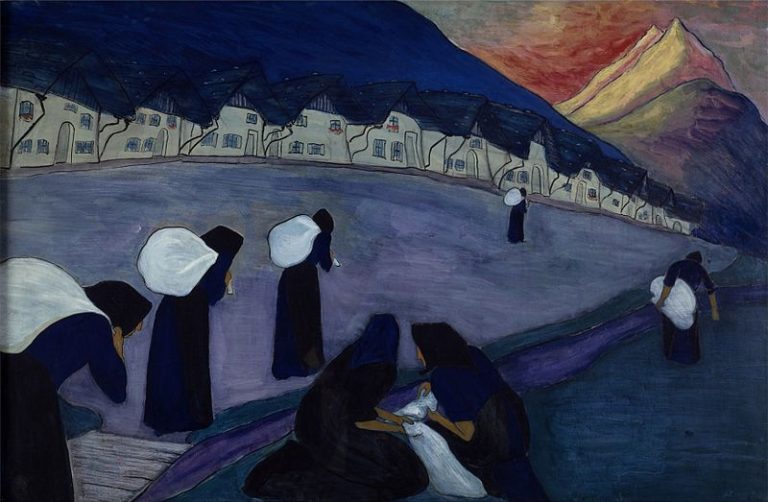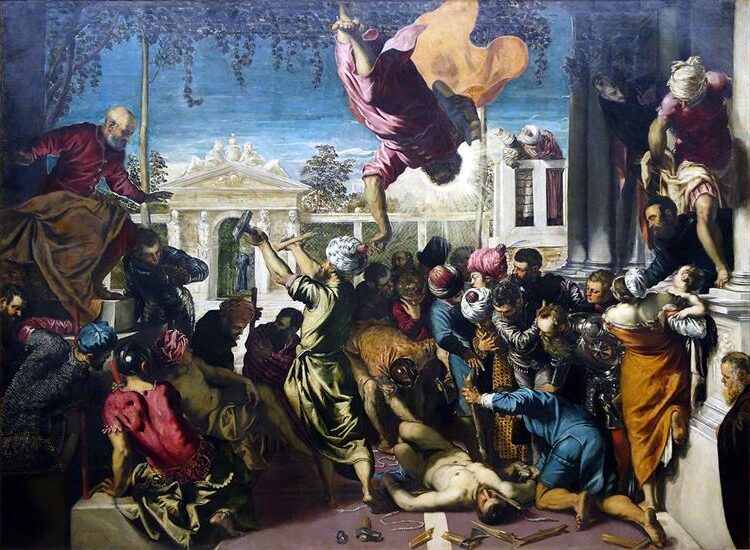Louis Valtat Painter: French Fauvist Master of Color and Light
Born: 8 August 1869, Dieppe, Normandy, France
Death: 2 January 1952, Paris, France
Art Movement: Impressionism, Fauvism
Nationality: French
Teachers: Gustave Boulanger and Jules Lefebvre
Institution: Académie Julian and École des Beaux-Arts de, Paris
Louis Valtat Painter: French Fauvist Master of Color and Light
Louis Valtat: Life and Education
Louis Valtat was a French painter born in 1869. He spent his early years in Paris and Versailles, receiving art education at prestigious institutions. Valtat formed connections with other notable artists of his time.
Early Life and Education in Paris
Louis Valtat was born on August 8, 1869, in Dieppe, France. He grew up in a well-off family of ship owners. Valtat’s father, François Victor Valtat, was a painter himself.
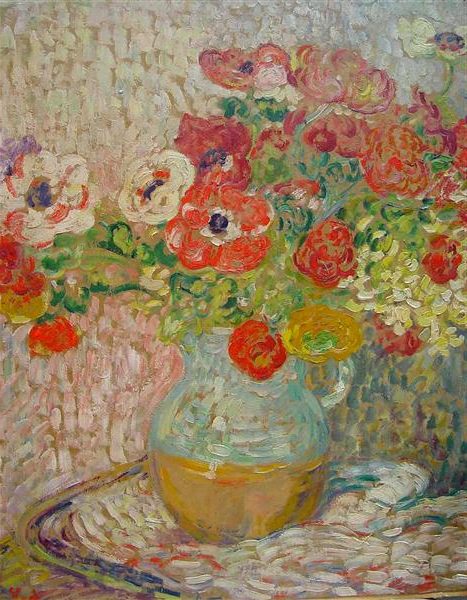
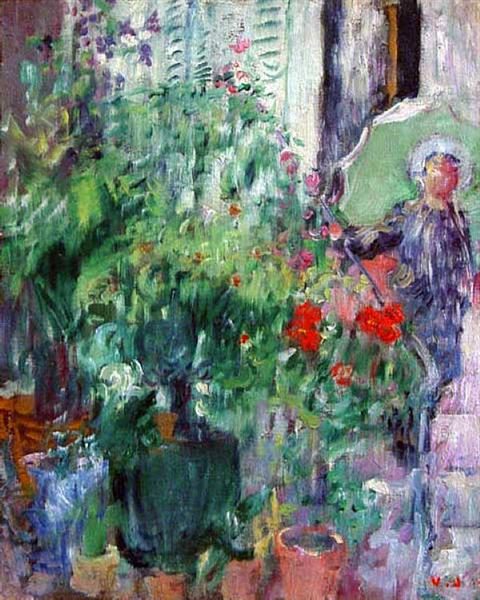
As a child, Louis moved to Versailles, a suburb of Paris. He attended the Lycée Hoche for his secondary education. This early exposure to art and culture in the Paris area shaped his future career.
Instruction at Académie Julian and École des Beaux-Arts
Valtat pursued formal art training in Paris. He studied at the Académie Julian, a private art school. Here, he learned from renowned artists Gustave Boulanger and Jules Lefebvre.
Later, Valtat enrolled at the École des Beaux-Arts de Paris. This prestigious institution further honed his skills. His education at these schools gave him a strong foundation in traditional painting techniques.
Associates and Influencers
During his time in Paris, Valtat met several important artists. He formed friendships with Pierre Bonnard and Édouard Vuillard. These connections influenced his artistic style.
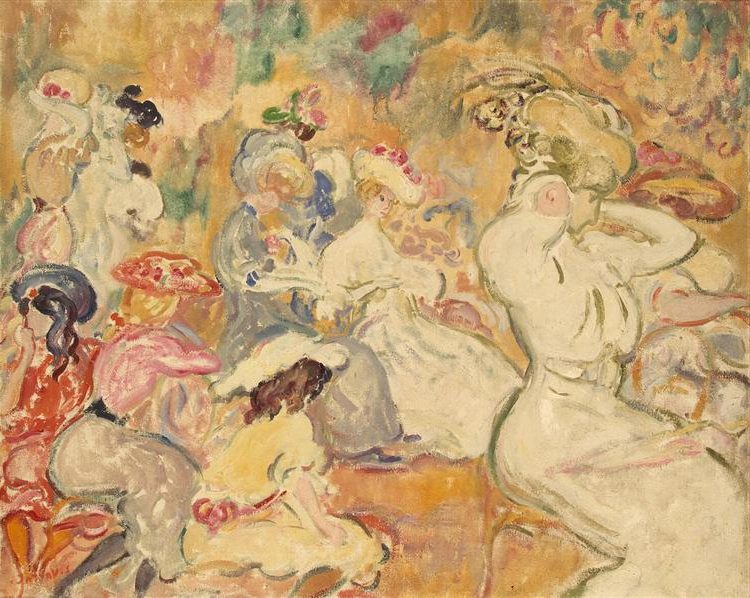
Young Women in the Garden (c. 1898)
Valtat also knew Henri de Toulouse-Lautrec and Auguste Renoir. Renoir even painted Valtat in 1904. Paul Signac was another artist who impacted Valtat’s work.
These relationships exposed Valtat to new ideas in art. They helped shape his development as a painter associated with the Fauves movement.
Artistic Evolution and Achievements
Louis Valtat’s artistic journey spanned several influential movements in French painting. He made key contributions to Fauvism while maintaining ties to Impressionism. His work evolved over time, especially as his eyesight declined later in life.
Contribution to Fauvism and Relationship with Impressionism
Valtat played a crucial role in the Fauvist movement. He used bold colors and expressive brushstrokes, hallmarks of Fauvism. His work was shown at the 1905 Salon d’Automne, a pivotal exhibition for the Fauves.
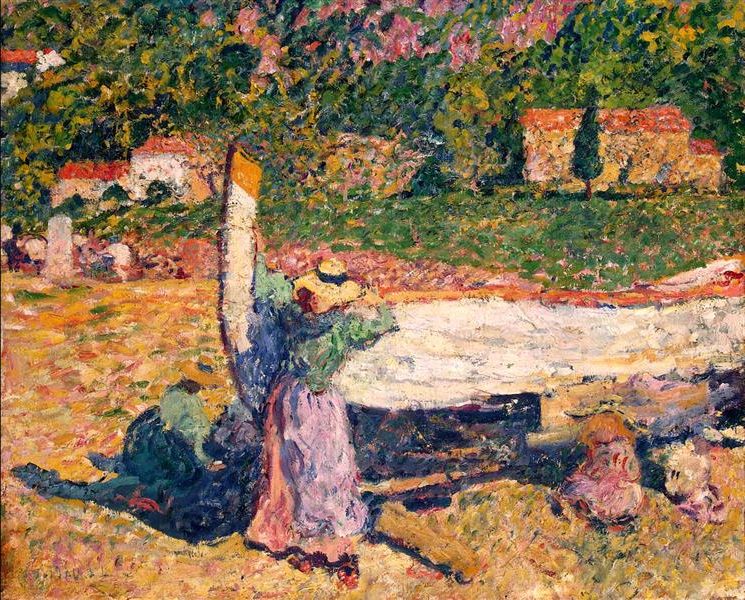
The Boat (1899) by Louis Valtat
Valtat’s style bridged Impressionism and Fauvism. He kept some Impressionist techniques while embracing Fauvist color use. This blend made his work unique among his peers.
His paintings often featured bright Mediterranean scenes. He captured landscapes, seascapes, and street views with vivid hues.
Major Works and Recognitions
Valtat’s most famous works include coastal scenes and still lifes. “The Jetty at Pourville” shows his skill with color and light. “Tulips in a Vase” demonstrates his bold Fauvist style.
He won the Jauvin d’Attainville Prize in 1890. This award helped launch his career. Valtat’s work was shown at the Salon of Independent Artists many times.
His paintings are now in major museums worldwide. The Musée d’Orsay in Paris holds several of his pieces.
The Impact of Glaucoma and Late Period
In the 1940s, Valtat developed glaucoma. This eye disease affected his vision and changed his painting style. He began using thicker paint and simpler shapes.
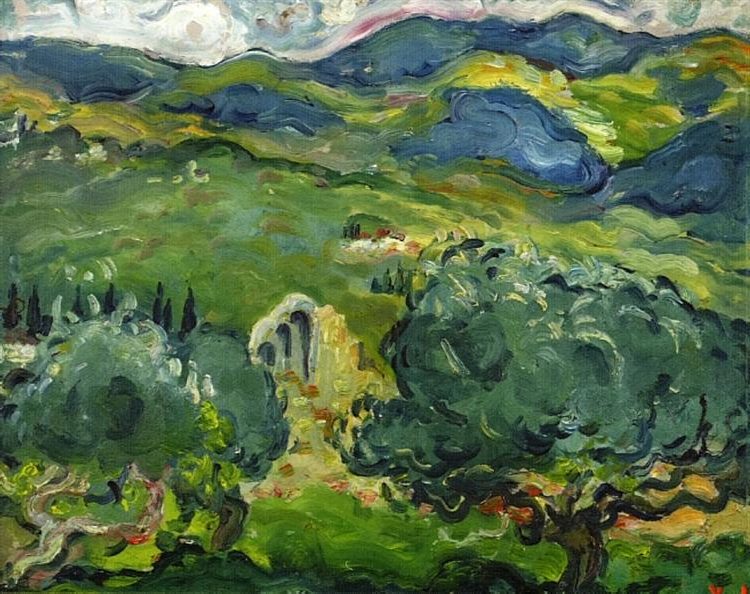
Italian Landscape (1902) by Louis Valtat
Despite his failing eyesight, Valtat continued to paint until 1948. His late works show a shift towards more abstract forms. Colors became even bolder as his vision declined.
Valtat’s final paintings reflect his struggle with sight loss. They offer a poignant end to his artistic career. These works are valued for their emotional power and historical significance.
Style, Technique, and Artistic Legacy
Louis Valtat’s art was marked by bold colors and expressive brushwork. His style evolved from Neo-Impressionism to a more vibrant approach that helped pave the way for Fauvism.
Distinctive Color and Brushwork
Valtat used bright, pure colors in his paintings. He often applied paint directly from the tube to create intense hues. His brushstrokes were bold and expressive, giving his works a lively energy.
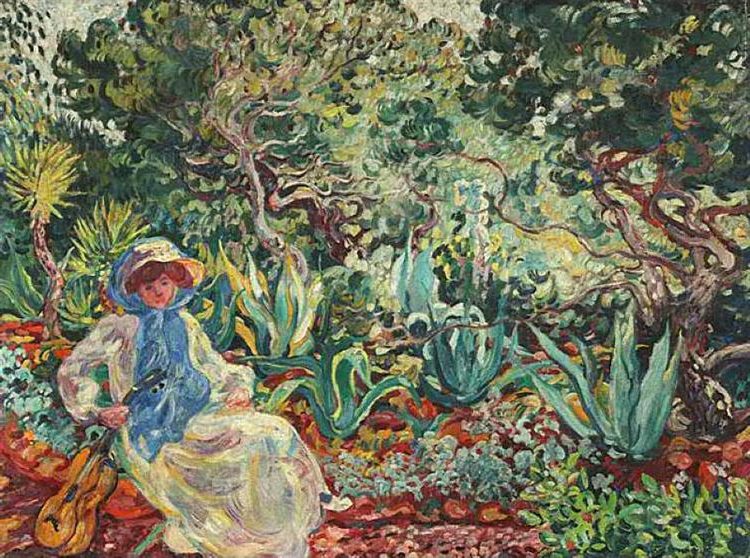
Woman with Guitar (Femme à la Guitare, 1906)
Valtat’s early works showed Neo-Impressionist influences. He used small dots of color in a technique similar to Pointillism. Later, he moved towards larger areas of flat color.
His subjects included landscapes, still lifes, and scenes of everyday life. Valtat painted fruits, trees, flowers, and boats (péniches) with vivid colors.
Influence on Later Art Movements
Valtat played a key role in the development of Fauvism. He exhibited with the Fauves at the 1905 Salon d’Automne in Paris. This show marked the birth of Fauvism as a movement.
His use of strong colors and simplified forms helped shape the Fauvist style. Valtat’s work influenced other artists like Henri Matisse and André Derain.
As a printmaker, Valtat created woodcuts and other prints. These works spread his artistic ideas to a wider audience.
Works in Museums and Private Collections
Many of Valtat’s paintings can be found in major museums. The Metropolitan Museum of Art in New York has some of his works in its collection.
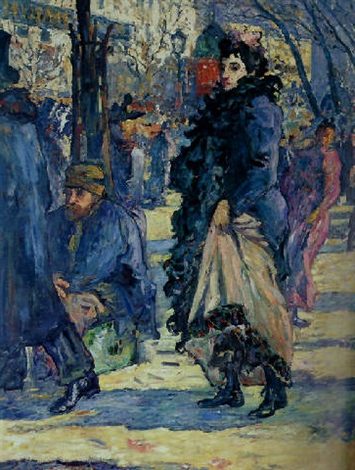
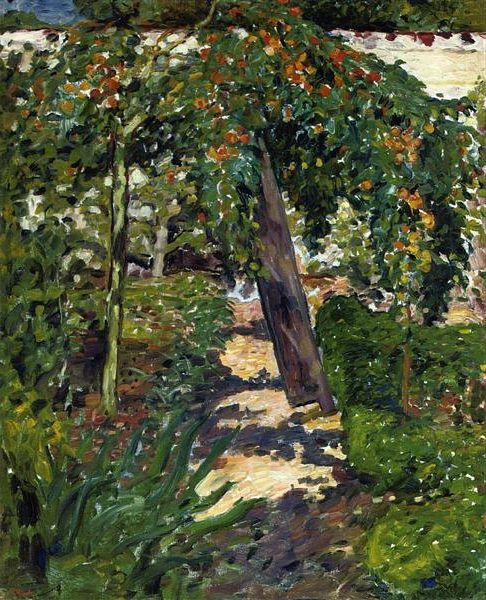
Private collectors also prize Valtat’s art. His colorful landscapes and still lifes are sought after by art lovers.
Valtat’s paintings of the Mediterranean coast are among his most popular works. These bright, sunny scenes capture the light and warmth of southern France.
Frequently Asked Questions
Louis Valtat was an important French painter associated with the Fauve movement. He created vibrant works using bold colors and expressive brushstrokes. Valtat’s career spanned several decades in the late 19th and early 20th centuries.
What characterizes the painting style of Louis Valtat?
Valtat’s style featured vivid, unmixed colors applied in broad brushstrokes. He often used bright reds, blues, and greens in his landscapes and portraits.
Valtat’s work emphasized strong outlines and simplified forms. His paintings had an energetic, spontaneous quality.
In which art movements was Louis Valtat involved?
Valtat was a key figure in the Fauve movement of the early 1900s. The Fauves were known for their wild, expressive use of color.
He also had connections to Impressionism earlier in his career. Valtat exhibited with the Impressionists in the 1890s.
What are some of the most notable works by Louis Valtat?
Some of Valtat’s well-known paintings include “The Boat” (1897) and “Tulips in a Vase” (1925). His “Coastal Landscape” series from the early 1900s is also highly regarded.
Valtat created many striking portraits and still life paintings throughout his career. His scenes of the French coast are particularly admired.
How has Louis Valtat influenced modern art?
Valtat helped pave the way for modern expressionist styles. His bold use of color inspired later artists.
His work bridged Impressionism and Fauvism, influencing the development of 20th century art. Valtat’s approach to form and color had a lasting impact.
Can you provide an overview of the career and contributions of Louis Valtat?
Valtat studied at the École des Beaux-Arts in Paris in the 1880s. He began exhibiting his work in the 1890s.
Valtat was part of the first Fauvist exhibition at the Salon d’Automne in 1905. He continued painting in a vivid, expressive style for decades after.
His long career spanned major shifts in the art world. Valtat’s work evolved while maintaining its distinctive bold color palette.
How are Louis Valtat’s works authenticated and valued in the art market?
Experts examine Valtat’s unique brushwork and color use to authenticate his paintings. They also consider his signature and records of his exhibitions.
Valtat’s works have sold for high prices at major auction houses. His Fauvist-period paintings from the early 1900s are especially valued.

